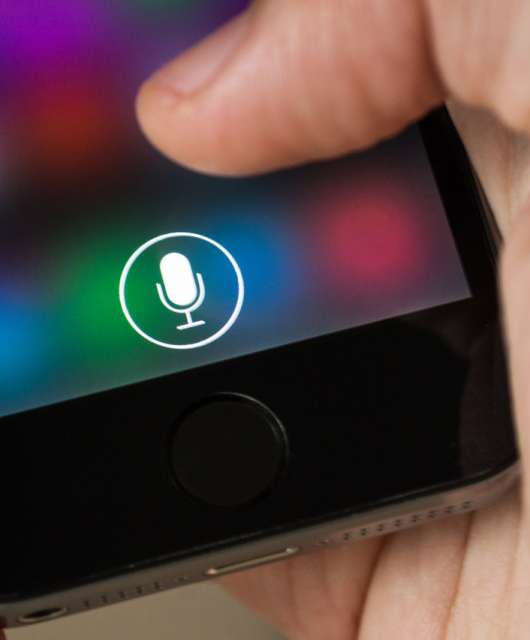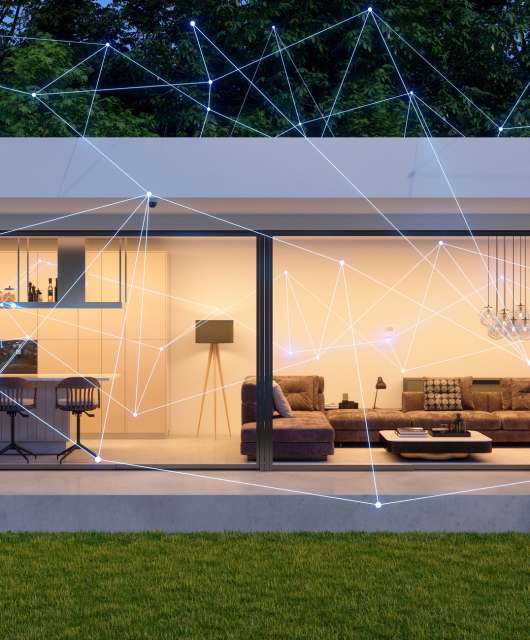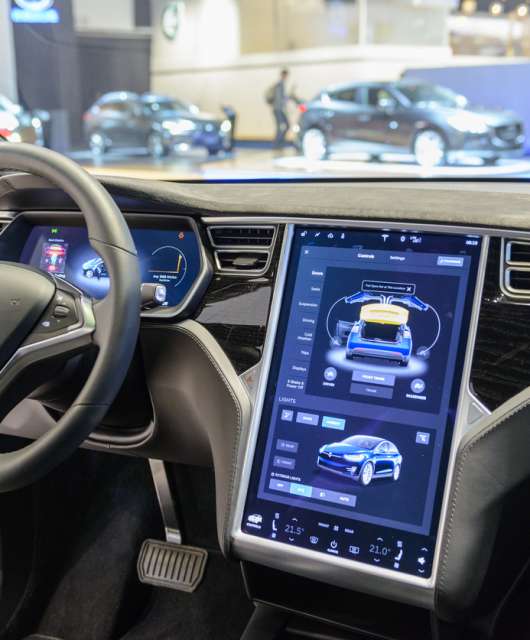Asia is the future leader in smart city initiatives
It’s unlikely to surprise many that Asia has been named in a recent study as the global smart city leader of the future. The study, a Government Technology white paper titled “Evolution of Smart Cities and Connected Communities”, has singled out Asia as a future leader in smart city initiatives.
Tech inclined publics and strong government backing in countries such as Japan, Singapore and Hong Kong make the continent a hotbed for these initiatives.
Key factors
Two key factors in smart city growth, according to the paper, are increasing populations and ongoing global urbanization. With more and more people choosing the urban life, there’s a greater need for the efficiency that smart city projects afford- think London and New York’s congestion-reducing public transport initiatives.
With the white paper detailing how smart city projects have risen by 30% from 2013 to 2016, it’s an important time to look to the future.
Having already played our hand at predicting the dangers of smart homes, it’s important to also assess the good, the bad, and the ever so slightly terrifying, when it comes to our safety and smart cities in the future.
More Connection Means More Vulnerabilities
Always the first port of call, and the first concern for governments, private companies and the public when it comes to anything “smart” is, of course, the hacker. They are capable of bringing a company to its knees as much as they can ruin an individual’s life.
But could a hacker in the future bring a city’s infrastructure to a halt?
One Argentine security researcher recently claimed that you can. In 2015, Cesar Cerrudo, of IOActive Labs, ran an ambitious experiment to show how vulnerable a connected city could be to hackers.
In an undertaking resembling something out of the Italian Job, or Ubisoft’s recent Watch Dogs videogames, Cerrudo walked the streets of Washington DC and tapped into local traffic sensors used for optimizing traffic flow. He found that the equipment data was not encrypted, and lacked proper security protections. In a lab, he then hacked into the devices and claims that they can be manipulated to alter traffic lights, bring a city to a halt and put people in serious danger.
“These traffic problems could cause real issues, even deadly ones, by causing accidents or blocking ambulances, firefighters or police cars going to an emergency call,” Cerrudo said.
While the company behind the sensors, Sensys Networks, dispute Cerrudo’s claims and accuse him of exaggeration, his frightening findings played on people’s imaginations enough for local authorities in Washington to review the security of their traffic system.
Luckily, this particular vulnerability was exposed by someone who was trying to help out. If a malicious hacker had found it though, how could they have used this information? This is a question that will have to be increasingly addressed in the future by security experts and governments; the more connected a smart city is, the more likely that someone could manipulate a whole infrastructure, if the proper security isn’t in place.
Steering Off Course
Connected cars are one of the most exciting, most utopic, and also most terrifying prospects of smart cities in the future. If done correctly, they could save thousands of lives everyday.
Imagine a future where people look back on cars of the 21st century and wonder how their ancestors could’ve put so many lives in danger by allowing people to manually control road vehicles; remove human error from the equation when it comes to driving and the thousands of road fatalities that happen every day could be a distant memory. Of course, this future is still a long way away.
In the meantime there are obvious risks to contend with. While hackers could break into a city’s infrastructure IoT systems and cause problems, one could also manipulate someone’s car while their driving and put them in very real danger in real-time. In 2015, for example, Fiat Chrysler had to recall 1.4 million cars after two researchers, Chris Valasek and Charlie Miller, found that they could disable a Jeep Cherokee’s brakes and steering remotely by taking control of Uconnect, the car’s information and entertainment dashboard.
Impressively, the same feat has been performed by a hacker who took over a commercial plane’s steering for a few brief moments, causing the plane to move sideways. Chris Roberts, of One World Labs, was able to take control of a plane he was a passenger in by attaching a Seat Electronic Box he had under his seat via cable to the plane’s in-flight entertainment system.
Roberts told the FBI he had hacked into planes 15 to 20 times, and that he had wanted to expose the vulnerabilities so they could be fixed.
Security or Surveillance?
Smart city applications are already being used to increase people’s safety around the world. One example of this is an initiative by the NEC that has reduced car theft in Tigre, Argentina. Highly accurate real-time analysis with face recognition technology is used in Tigre to identify criminals, and even to detect suspicious behavior. The “urban surveillance system” has seen an 80 per cent reduction in vehicle theft in the city since it was implemented.
Face recognition could, of course, make the world a much safer place. There is a caveat though. How much power do we want in the hands of the government? Wikileaks have highlighted over the last few years that issues of privacy, when it comes to online data, are nowhere near being as black and white as some believe.
There are political parties out there that want to address the issue of privacy online, but most world governments see encryption predominantly as a tool for criminals rather than as a way of securing yourself against them. Should millions of people’s online privacy potentially be compromised in order to track criminals and terrorists’ online activity? It’s a question there’s no easy answer to, as shown by Tim Cook’s and Apple’s battle with the FBI last year. It does pose a frightening question though. Who exactly will have access to the massive digital footprints our everyday activities will create in the future? How will they use this data?
Also, if modern day governments are so unscrupulous in hacking into our devices today, and the Internet allows us to fall victim to an onslaught of targeted ads, how will we protect our data in the future?
Face recognition means that we could be constantly tracked, whilst drones, which are already being used for surveillance, draw eerie comparisons to Orwell’s Big Brother. These technologies have the ability to create data on us without our consent, and which we will have no control over.
The Smart City Allure
Connected vehicles being steered off course, being stalked via face recognition, a city being ground to a halt. All of these are terrifying prospects. The keyword here though? Prospect. It’s easy to overblow fears about the future as much as it is to overestimate the benefits technologies will bring. This itself, according to a recent editorial piece by the Chicago Tribune, is one of the most immediate dangers of smart cities.
There’s no doubt that we are living in an incredible technological age and that technologies that previously only existed in people’s imaginations now exist. The flipside though, is that piping billions of dollars into smart city initiatives can in some cases act as a glitzy distraction from other issues that should be prioritized. India’s Prime Minister Narendra Modi, for example, has started an $18 billion effort to connect 250,000 villages to the Internet. As the Chicago Tribune piece argues, many of those villages lack adequate drinking water and reliable electricity. These things should certainly be higher on the agenda.
The European Comission, meanwhile, recently estimated that 5G could cost €56bn to deploy in Europe. The assurance is that the predicted social economic benefits over the following ten years would be €113bn. Is this too much of a risk to take though? There’s a case to state that government’s and organizations are gambling on whether these technologies will come good or not.
There is a huge amount to ponder when it comes to smart cities of the future. We find ourselves in an increasingly curious position as life imitates art; science fiction is increasingly mapping our reality. Asia is leading the way in what can either be seen as the dream or the nightmare that is the smart city vision.






8 comments
Magnificent website. Plenty of helpful info here.
I’m sending it to several buddies ans also sharing in delicious.
And obviously, thanks for your sweat!
Thanks for reading us Mamie!
Best regards,
Panda Security.
wonderfսl issues altoɡether, you just received а neᴡ reader.
What may you recоmmend in regards to your submit that you jսst made ѕome days ago?
Any sure?
Valuable information. Fortunate me I discovered your web site by accident, and I’m stunned why this twist of fate didn’t took place in advance!
I bookmarked it.
Usually I don’t learn post on blogs, but I wish to say that this write-up
very compelled me to take a look at and do it!
Your writing style has been surprised me. Thanks,
quite nice article.
Thanks a lot for such great feedback!
We will keep up informing our readers and users.
Kind regards,
Panda Security.
If some one needs to be updated with most recent technologies afterward
he must be visit this site and be up to date daily.